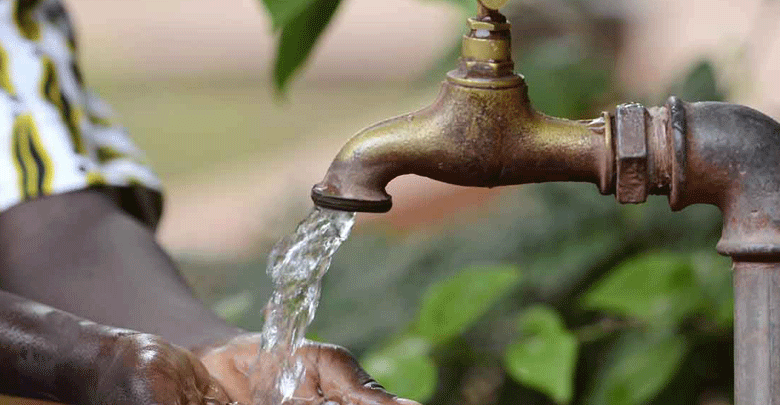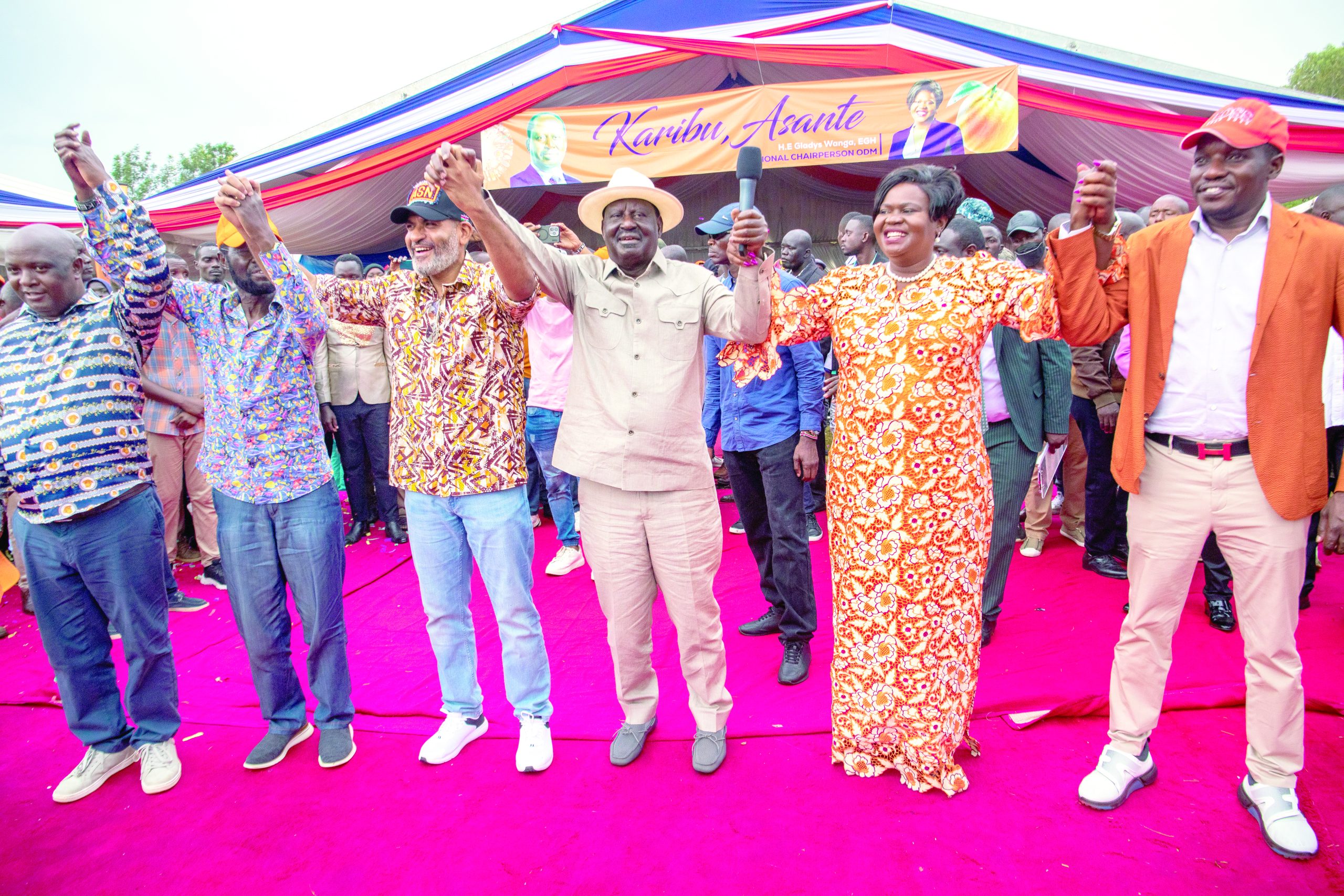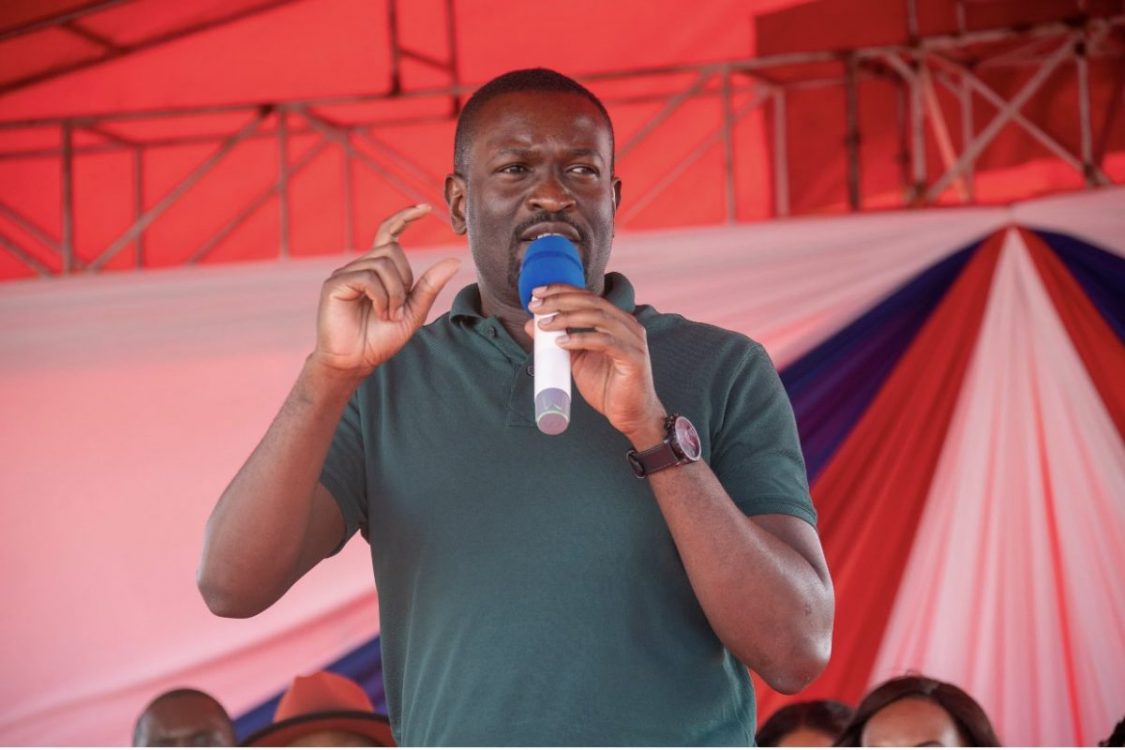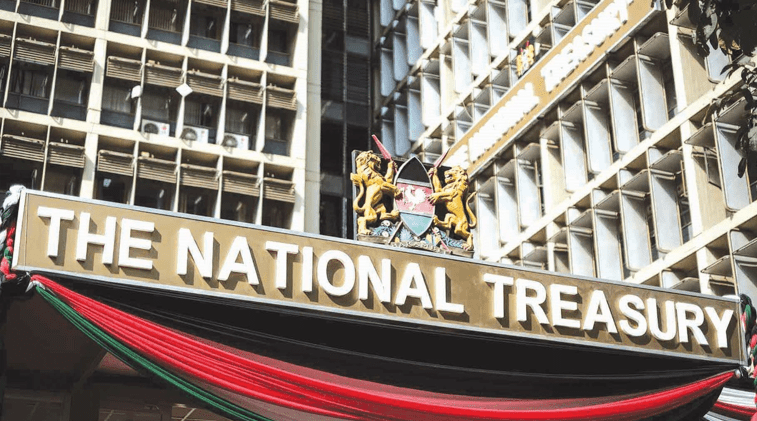Counting on bamboo to turn water crisis around
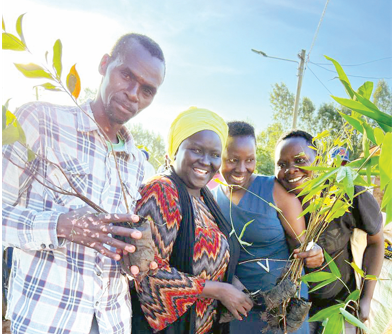
Growing up, Beth Waithira Mburu Kibinda used to watch her grandmother get water from a natural spring a few kilometres away from their homestead. Unfortunately, the spring dried up way later.
Though her grandmother was lucky she managed to put up a water tank to harvest water, most of her neighbours couldn’t afford a water tank. That meant walking even further downhill to get water.
Unfortunately, clean water was not readily available and in places where boreholes had been sunk, the water was excessively salty. This challenge made her knock very many doors trying to get a solution, but she never got a long-lasting one.
“I come from the semi-arid part of Murang’a called Ndon’ga, which is in Kahumbu Ward, Kigumo Constituency. Our greatest challenge has been accessing clean and safe water. All through I have wanted to solve this problem but I didn’t know how,” she says.
She says one day as she was in her line of duty in community development work, she met a man who introduced her to the giant bamboo trees and their benefits. After listening to him and learning that those trees can be used to mitigate climate change, she started visualising how her village could benefit from these trees.
After that, she decided to introduce those trees to her village. In January this year, she launched Waithira Wa Kibinda Greening Murang’a Initiative, which saw about 700 giant bamboo seedlings planted next to dried up or drying rivers and water sources. They also planted a few hardwood trees in the shopping centres to offer some much-needed shade for the community.
“I started by planting these trees in our village because I understand the problem our neighbours are going through. Eventually, I want to plant these trees across the entire Murang’a county. Planting the bamboo close to dried up springs and wells, will help to raise the water table and that means that people will easily access clean water,” she adds.
Higher rates
She says the good thing about this initiative is that it is not only helping to fight climate change thus bringing clean and safe water closer to the residents, but also it is an economic empowerment project. If only the county residents embrace it, they will not only benefit from clean water in the long run but also from the sales of bamboo products.
And why bamboo and not any other tree? Waithira says giant bamboo trees have extensive fibrous roots that will control soil erosion thus making soils more stable for farming. Apart from that bamboo also raises the water table and she expects that within the next three to five years’ dried-up rivers will start to rise and curb the harsh water shortages experienced in most parts of Murang’a.
“Bamboo also converts carbon dioxide to oxygen at a 30 per cent rate higher than normal trees thus purifying the air for residents. Once mature, the bamboo tree is highly marketable to coffee factories when drying coffee berries since bamboo combusts faster, meaning that indigenous trees will also be spared to grow for longer. In addition, bamboo timber is also used to make furniture.”
She says the bamboo is also a fast-growing tree. Shoots can grow at an astounding speed and some bamboo species have been recorded to grow at a rate of 90cm per day, which means about 3.8cm per hour. This means that the growth time from one culm (hollow stem) to another would be about one month something which cannot be achieved by other trees.
She gets her inspiration from the late Wangari Maathai, who once said the generation that destroys the environment is not the generation that pays the price and she believes we are now paying for the mistakes our forefathers made. Starting the initiative is her way to try and rectify them. She also wants that when she is long gone, her children and their children find a habitable and loving planet.
“We are looking forward to having ambassadors, champions, and patrons who will continually push for the planting of zone viable trees. I know Murang’a residents are smart, hardworking, resilient, highly intellectual, and are willing to welcome other people to make this initiative a success,” she adds.
She says apart from administrative costs that she is catering for, the trees were a donation and she is looking forward to partnering with the Kenya Wildlife Service, the Kenya Forest Service, more communities, and other stakeholders to expand the Initiative.
Community awareness
To ensure that all trees planted grow to maturity she first started by selling her vision to community members concerning the benefits of planting the trees. She also had to empower them and help them understand that these resources belong to them; their lives literally depend on resources like these and so they must protect them. After that, those residents promised to nurture the trees and even those that were planted in the shopping centres have volunteers willing to sacrifice a few litres of water per week to ensure that the trees thrive.
“This Initiative is my heartfelt contribution to the environment hence I will definitely keep planting trees in Murang’a and once the initiative can run on its own, move on to other counties. Wangari Maathai is my role model and just like her, in this new season of my life I plan to plant trees whenever I have something to celebrate.”
–This article is part of AWiM/UNEP Africa Environment Journalism Programme


